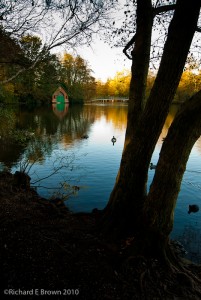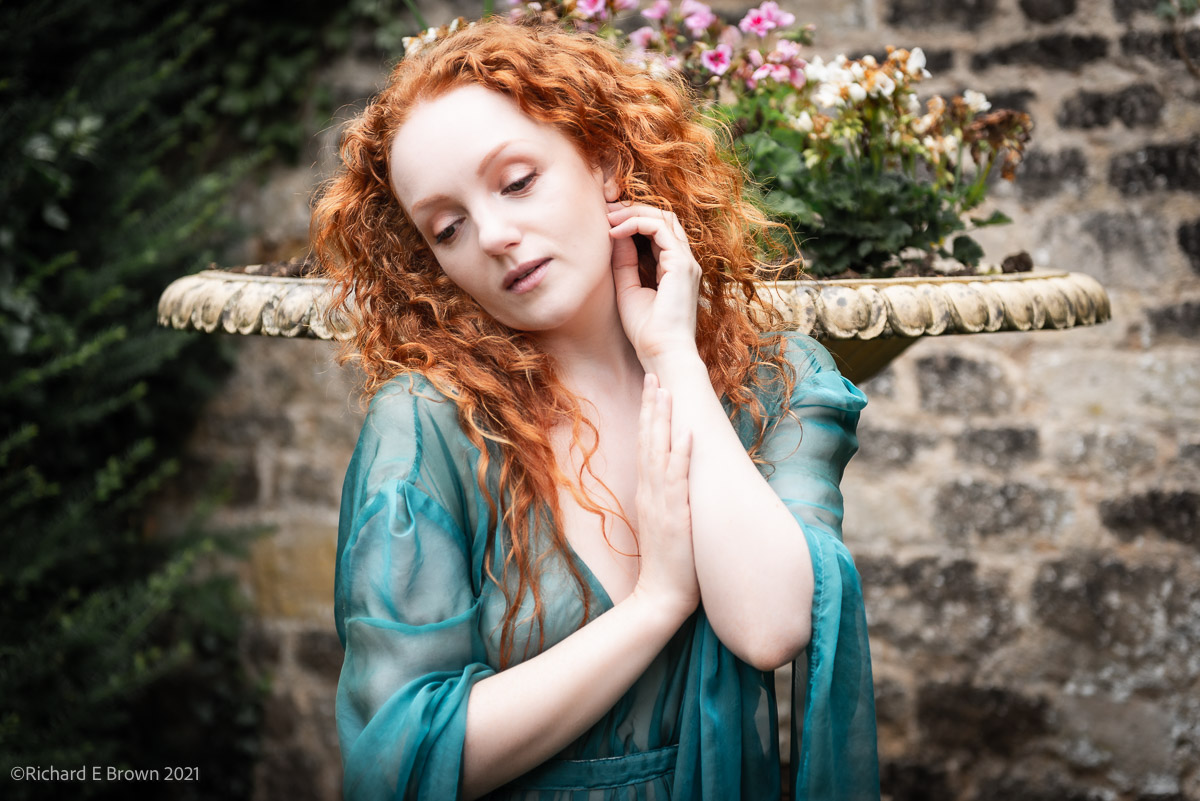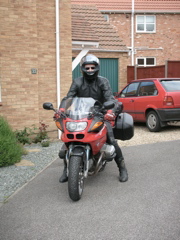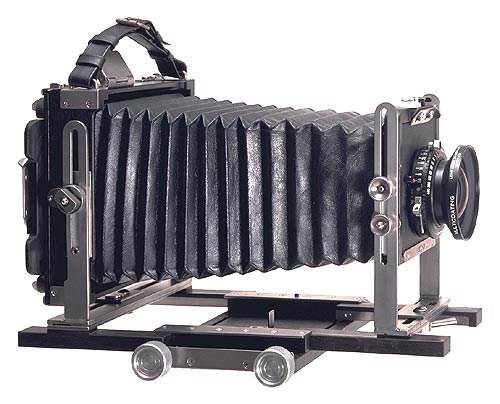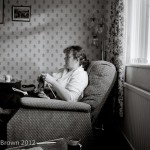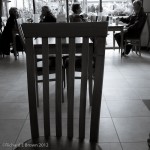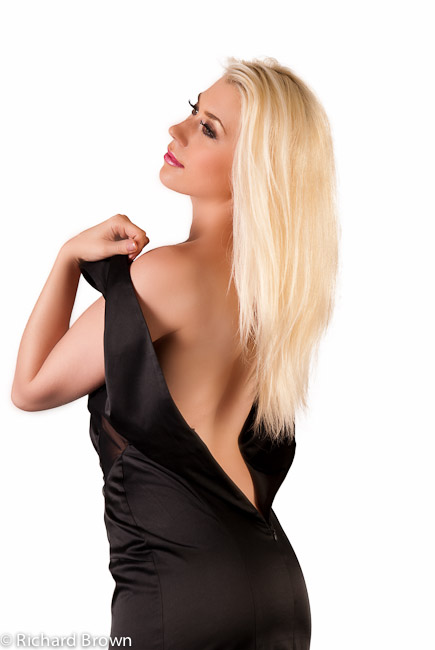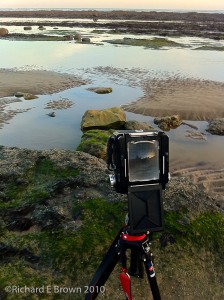
If you have had the pleasure of photographing with film, then you will know the pleasure of film loading. With the modern film SLR of the 1990’s, then autoloading made the loading of small format 35mm film an easy task. With older cameras it was a manual process but still relatively simple. The 35mm film canister and the film sprockets took away the need for much skill, just some care was required, and it was rare to ruin a roll of film.
With the modern digital camera then very few people use 35mm film anymore but medium format and large format is still relatively popular, though medium format in professional use has mainly moved to digital with cheap digital backs now available for £10,000, cheap being a relative term! Strange as it may seem, over the last few years film sales have been increasing.
For medium format and large format, loading film is a more challenging and old fashioned affair.

Hasselblad 503CW
Hasselblad 80mm f/2.8
1 Sec at f/22, ISO50
Fuji Velva RDP 50 120
If you need to know how to load a Hasselblad V System Film Back then check my old Blog Post that you can find here:
Having a free afternoon today I decided to load up a few large format dark slides with a film I wanted to test. The film in question was Fuji’s Provia 100F.
Large format film has to be loaded into its holders in total darkness; I, like many old film users no longer have a darkroom, so I resort to an old changing bag, not ideal but it gets the job done. The sheet film has a notch in the corner so you can tell which way to load it. Held in a portrait orientation, the film emulsion is facing you when the notch is in the top right hand corner.
There is quite a cultural change when shooting large format film to digital. On a days shoot with small format digital I can easily shoot 500 or more images. When shooting medium format its likely to be no more then 6 or 7 images. With large format that drops to 1 or 2.
With the amount of effort needed to get a single shot with large format you tend to be really sure you want that image before tripping that shutter. Its a slower more contemplative form of photography.
